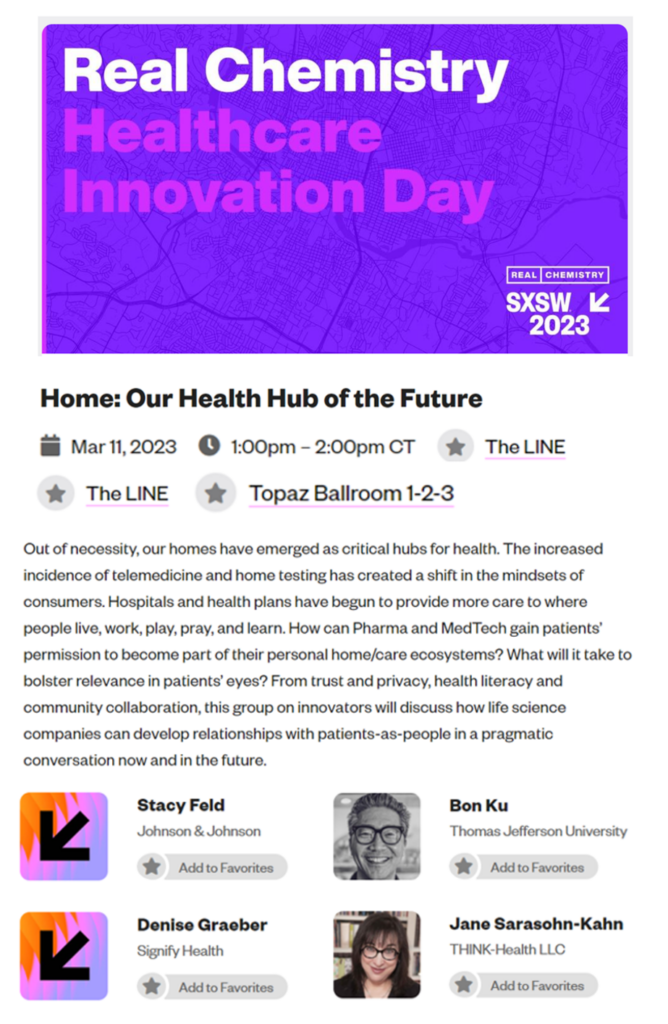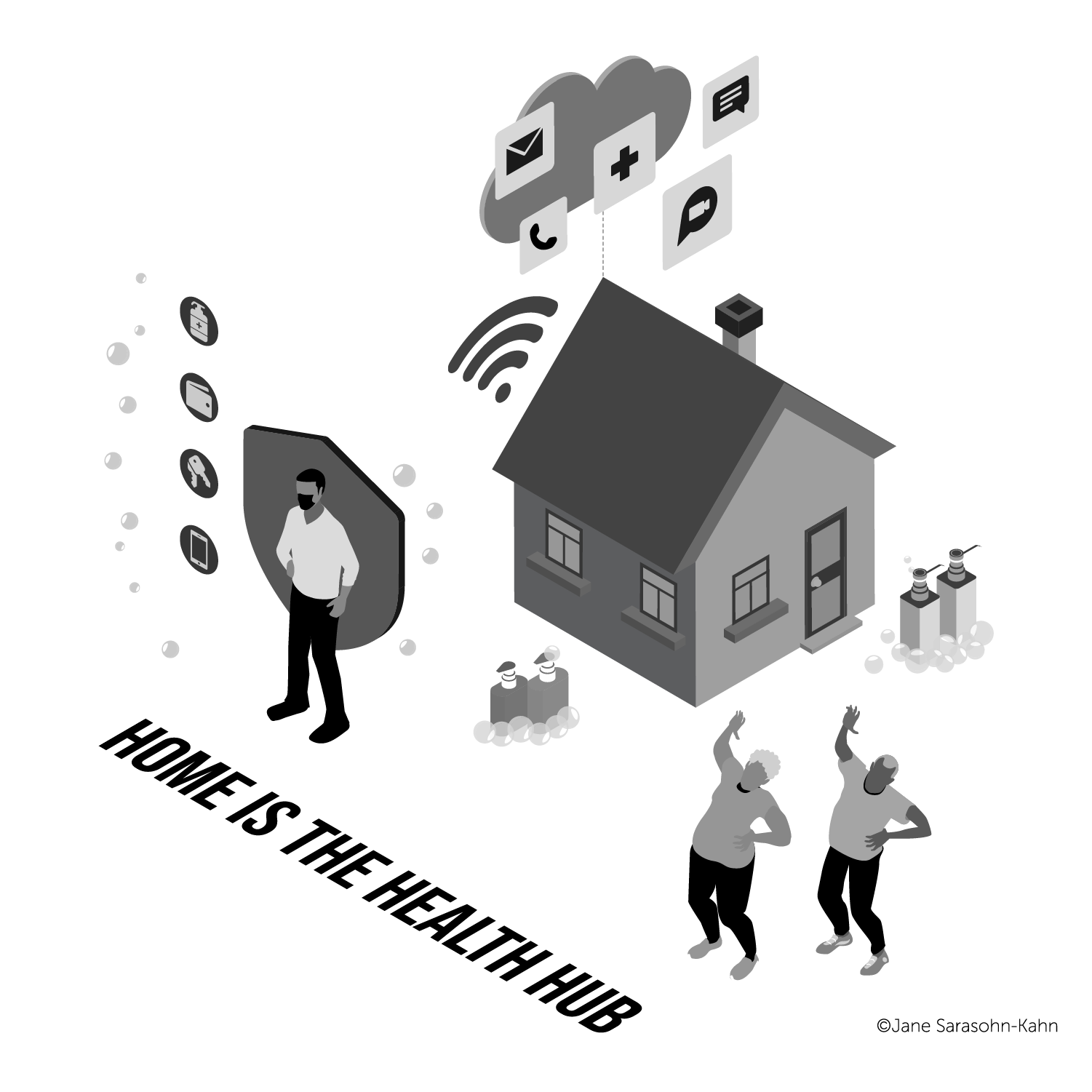Most consumers are bullish on the benefits that digital health technologies can play in their health. Most health care practitioners are also positive about the potential of digital health — recognizing room for improvement for better data integration, interoperability, and the opportunity to bridge gaps to achieve health equity and bolster access.
So assesses the Consumer Technology Association in the report, Driving Consumer Adoption of Digital Health Solutions,
To paint this profile, CTA engaged Ipsos to poll 1,000 U.S. consumers 18 years and older, 300 health care providers (HCPs), and 12 health tech company stakeholders in August and September 2022. The health tech company leaders were CTA Health Board members including representatives from Abbott, Best Buy, Elevance Health, Google, Humana, Intel, Microsoft, ResMed, Samsung, and Validic, among others.
CTA sought to understand the role of digital health applications in U.S. health care from consumers’ perspectives along with the technologies’ influence on HCPs’ workflows.
Consumers use a growing range of digital health applications; CTA sizes the market at $29.5 bn in 2022, expecting growth of nearly 7.5% annually to 2027 when the projected market would be over $42 bn.
Most U.S. consumers have used telehealth, one in five for at least a year. Satisfaction has been generally high among these virtual care adopters. The most commonly used digital health solutions in 2022 were blood pressure monitors, weight monitoring devices, glucose/diabetes meters, pulse oximeters, sleep apnea monitors, continuous glucose monitors, mobile apps to manage chronic conditions, and personalized medicine applications.
Most consumers who have used digital health tech have felt more in control of their health, motivated to take better care of themselves, improved quality of life, and other positive benefits accrued through digital health self-care adoption.
The COVID-19 pandemic accelerated consumers’ greater DIY and self-care adoption: CTA called out three key drivers inspiring peoples’ use of digital health tech’s: the need for alternative support due to strained emergency supply; a vested interest in monitoring personal health; and, the need to access medical care from remote locations physically distanced from hospitals and doctors’ offices.
To that point, then, CTA found that clinicians/HCPs currently recommend a broad array of digital health solutions, with large numbers of providers recommending technologies from blood pressure monitors and diabetes-management tools to medication adherence devices and fall/motion monitors.
We’re up the adoption curve for these technologies as very few clinicians have “never heard of” any of the digital health tools assessed in the study; the only one of note would be augmented/virtual reality platforms, recommended by 14% of HCPs and “never head of” by 27% of the clinicians.
With these recommendations or digital health “prescriptions” maturing up the S-curve of adoption, clinicians believe digital health solutions can be improved in several ways — through better data integration and interoperability between the solutions (and the data). Furthermore, clinicians see the potential for digital health tech’s to address and improve health disparities, access and equity in improving personal and public health.
Health Populi’s Hot Points: Consumers increasingly view health care as a shared work- and life-flow between their HCPs (who are largely trusted — doctors, nurses and pharmacists alike) and themselves — in their hands and in their homes.
The pandemic inspired people to do more DIY-for-everything at home — including health-making. The IoT for the home and connected gadgets have proliferated in the COVID era. And the platform technologies for engaging with ecommerce, apps, video-conferencing, and other applications-at-home have grown: smartphones, computers and laptops, smart TVs, and tablets — all of which are currently used by over 50% of U.S. consumers.
There is also emerging consumer demand to use smartspeakers and voice tech (like Alexa), smartwatches, and wearable devices beyond the wrist for health.

We’ll continue to see the blurring of home (and our bodies and phones) as our health service destinations. I’ll be brainstorming this with a wonderful panel at South-by-Southwest in Austin on Saturday March 11th at 1 pm at the Line Hotel during Real Chemistry’s Healthcare Innovation Day. Hoping to see those of you attending #SXSW2023 there!





 Thank you FeedSpot for
Thank you FeedSpot for